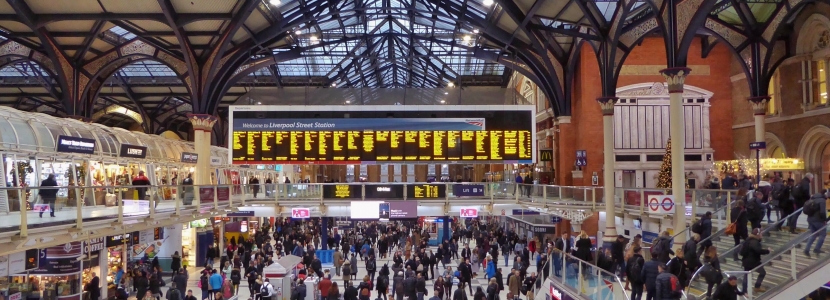
Independent figures released today by the Office of National Statistics (ONS) show wages have risen faster than prices for the 12th month in a row – the highest pace in more than a decade. In November to January, unemployment fell again to 1.34 million and, at 3.9%, is at its lowest level since 1975. And the number of people in work rose by 222,000 on the quarter to 32.71 million, the biggest increase since late 2015.
Today’s figures show:
- Unemployment fell by 35,000 on the quarter to 1.34 million.
- The employment rate is at a record high of 76.1%, the highest since records began in 1971.
- Wages are up by 3.4% on the year, rising faster than inflation.
- The inactivity rate fell to a record low of 20.7%.
- The number of women in employment increased by 144,000 in the three months to January – the largest increase in almost five years and the main driver behind the overall increase in the employment rate.
Mario Creatura, Prospective MP for Croydon Central, said:
“The figures released today show that for a year wages have risen faster than prices. That means more people in Croydon have more cash in their pockets.
“But it's not just about the money - employment figures continue to rise to record levels. That's more individuals and more families who are in work. The impact on them is manifold: self-esteem, mental wellbeing and economic freedom are all vastly improved by being in the work place.
“The Conservatives are growing the economy, to risk Labour getting the keys to Downing Street in is unthinkable.”
- Wages: Average weekly earnings for employees increased by 3.4 per cent compared with a year earlier.
- Employment: A record high of 32.71 million (up 473,000 over the last year and up by 3.67 million since 2010).
- Employment rate: 76.1 per cent (up 0.8 points over the past year and up 5.9 points since 2010).
- Unemployment: 1.34 million (down 112,000 over the past year and down by 1.17 million since 2010) and the lowest level since 1975.
- Unemployment rate: 3.9 per cent (down 0.4 points over the past year and down 4.0 points since 2010), the lowest rate since 1975 and halving since 2010 (8.0 per cent).
- Youth unemployment: There are over 439,000 fewer young people out of work since 2010 – almost halving since 2010.
- Disabled people: There are almost 1 million more disabled people (930,000) in work since 2013, as we are breaking down the barriers to employment facing disabled people.
Photo by Belinda Fewings on Unsplash


